A day out with kids can be lot of fun for all involved, if you ‘do it right’. We’ve put together a few tips we’ve picked up over the years. Most of these will already be second nature to most parents and teachers, but they can come in handy for grandparents, aunties, uncles and friends.
1. Involve the child in planning
Whether the day out is an offer made by the grown-up (i.e. a birthday treat perhaps) or an activity suggested by the child, include them in the planning. This is important so that both adult and child (or children) have the same expectations. Your chance of a successful trip will then be much better.
Planning also includes ‘laying the ground rules‘. Your young companion needs to know if there are any particular rules that must be followed and understand why this is so.
These could include:
- holding your hand when this is necessary (e.g. crossing or walking near the road)
- what they can and cannot touch
- use of electronic devices
2. Match the activity to age and interests
This may seem obvious, but grown-ups sometimes forget that children may not be ready for that particular activity, or may even be well ahead of you. Even if you know the child well, but you want the activity to be a surprise, there are ways to find out this information.
Just because you think an activity would be a cool thing to do together doesn’t mean the young person is ready for it. The jury is out on activities like a spa treat for a four year old or a trip to the movies for a three year old. ***TIP – see point 1.
3. Check the map before you go
Getting lost is not a good idea. If you do get lost, stay calm. Use a map (electronic or paper) and if the child is old enough, work out the route together.
4. Plan rest / snack /toilet breaks
Go to the toilet before you leave (yourself included). This is especially important if this is a new location and the child is of a different gender. Pack water and a small snack if you’re unsure if there is food available.
5. Take enough supplies
- This could include water, a change of clothes and a raincoat etc.
- They may vary dependent on age of children, destination
- Have the child carry their own backpack with at least a raincoat and drink inside.
- If a picnic is involved, ensure you have enough food, drinks and cutlery as well as wipes and a ground covering, just in case!
6. Talk about the activity as you go
To enjoy the activity together, talk about what you’re doing. This doesn’t mean constantly talking. If you’re at the zoo, just enjoy watching the animals with a little conversation about their habits and funny or interesting things you notice.
7. Keep in touch with parents
This is especially important if
- it’s not your own child
- the child is quite young and it’s their first trip with you
- the child is an ‘only’ child in their family
8.Taking photos, recording the event
Remember, you’re there to enjoy the activity together, so don’t spend the whole time taking photos in front of everything you see. The recording of the excursion should not spoil the enjoyment of the activity. Taking photos is fun and is also a handy way of letting parents know their child is safe and having a good time. But not every five minutes!
Older children may like to take their own photos, especially if you are accompanying them on an activity connected with a school or personal project.
9. Things will go wrong
The chance that something will go wrong is always there. The most important things to remember include:
- If it’s a small thing, have a couple of options. For example, if you miss the train, is there another way of getting to a timed event?
- Have a list of phone numbers handy in case of something more complex.
- Make sure you have supplies if medication is needed (asthma medication, an epipen etc) and make sure you know how to use them.
- Stay calm. If you get flustered, it’s much harder to deal with issues.
- Always have plan B and Plan C ready.
10. So where shall we go first?
There’s a long list of great places to go with kids. Here are a few we’ve enjoyed with young companions, and some we wish we’d had one along as well.
Activities which may have an entry fee
- Many concerts, movies and stage shows are suitable for children. We specially like the Malaysian Philharmonic Orchestra’s Family Fun Days, which are actually only an hour or so long and always loads of fun. For kids four and over.
- Many art galleries welcome children. Three of our favourites – the Musee d’Orssay in Paris, The new Singapore National Gallery and the National Gallery of Victoria in Melbourne. This writer cannot visit Melbourne without a stop at the NGV to lie of the floor appreciating the stained glass ceiling.
- Perhaps if you’re nearby, drop in to have a look at the dinosaurs in Winton, western Queensland, or see the excavations in situ in Chuxiong, China. If you’re not close to either, many museums have dinosaur displays.
Free or inexpensive treats
- Playing in the park, bush walking or going for a swim. We love O’Reilly’s, near Canungra in SE Queensland, which has a great treetops walk.
- Look for school holiday activities organised at the local library, art gallery or museum. Check out the summer holiday programmes at these locations in Brisbane, Queensland. The Queensland Museum and Questacon in Canberra are great places for all year round visits and have excellent interactive activities.
- Many of the parks and bushwalking locations in Queensland have native fauna roaming freely. This is a good introduction to these animals and birds where children can see them living naturally.
- Or if you just want something simple and inexpensive – how about a ride on the train for an ice cream.
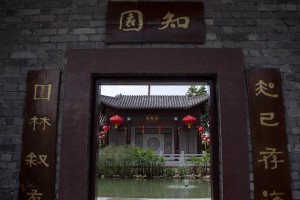


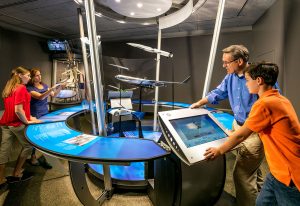


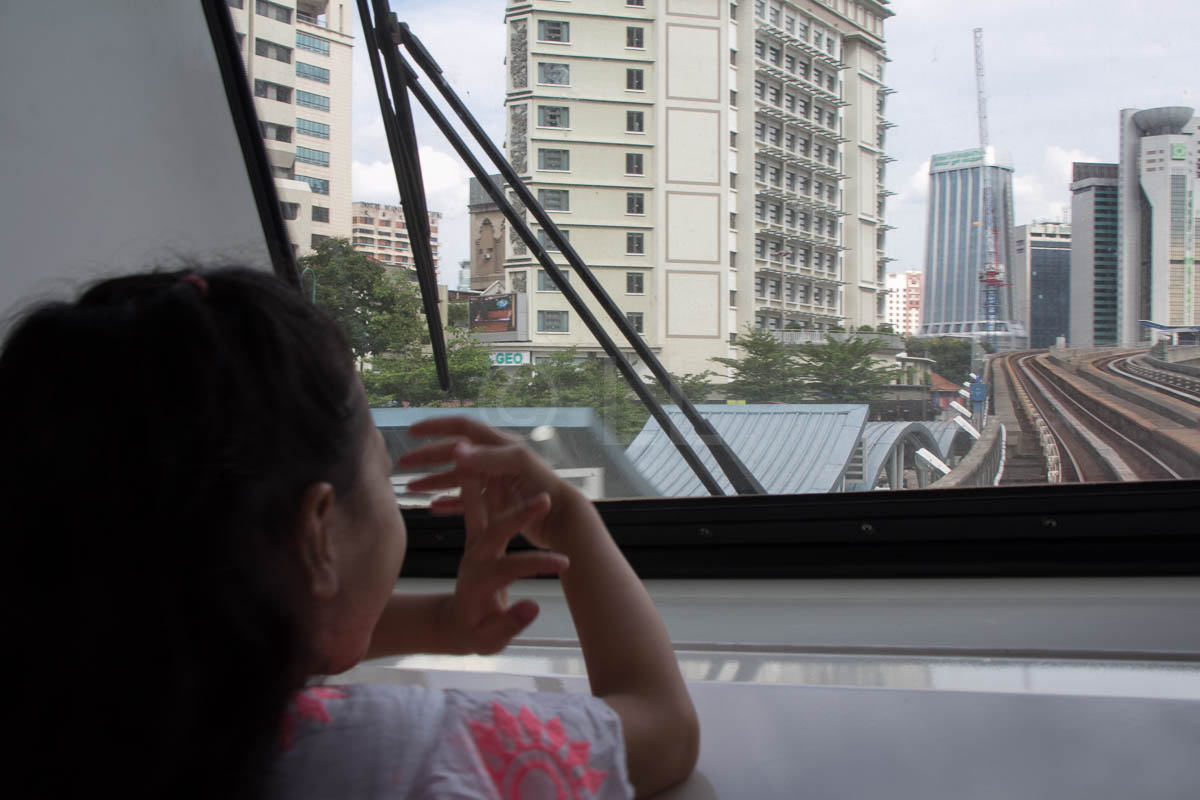

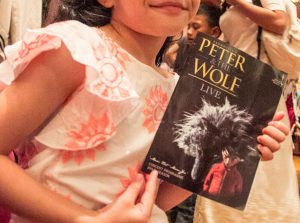
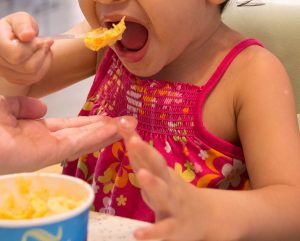






This Post Has 0 Comments